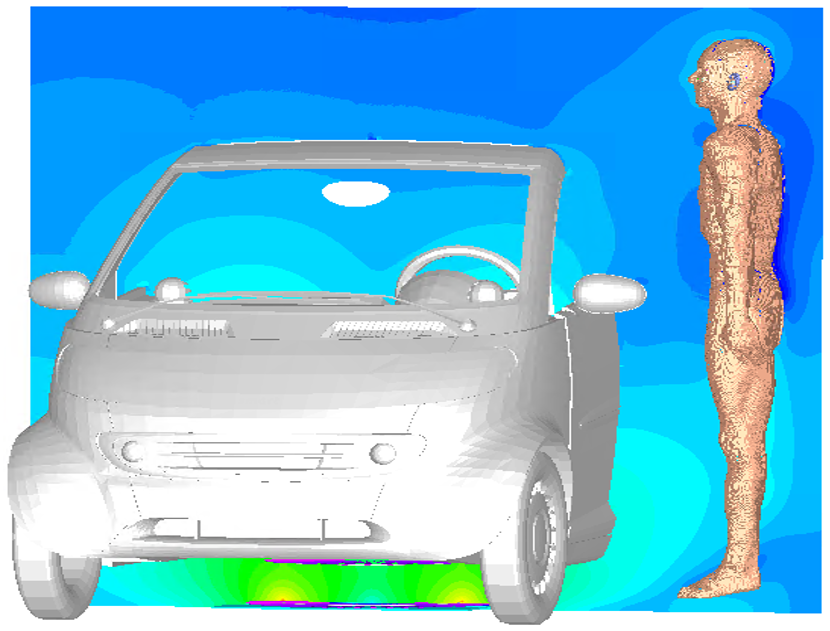German Research Foundation (DFG) Approves Collaborative Research Centre
German Research Foundation (DFG) Approves Collaborative Research Centre
Inductive charging systems for transmitting high electrical power are intended to simplify and accelerate the charging process of electrically powered vehicles and are already being tested at the prototype stage. However, other concepts in which electric and hybrid electric vehicles are also intended to serve as energy storage for the connected energy grid are not currently being considered since the technical feasibility of the bidirectional inductive charging technology required for this is currently insufficient.
The aim of this research project is to investigate the engineering fundamentals of bidirectional inductive charging stations under consideration of their future usability and technical performance. The research work also includes simulation-based preliminary investigations of electromagnetic compatibility (EMC) with respect to the electronic systems as well as environmental compatibility (EMEC) for persons inside and in the vicinity of the vehicle. These properties are dependent on the effectiveness of magnetic field attenuation provided by shielding systems, which must be considered to comply with existing limits. Particular technical difficulties arise in these with bidirectional transmission systems due to the high power flux densities of the alternating magnetic fields combined with low electrical conductivities of lightweight materials used for modern electric vehicle bodies.
In this research project, the fundamentals for suitable configurations of such bidirectional inductive charging systems are to be determined using laboratory-based and computer-aided simulations. In addition, suitable shielding systems and the efficiency of various shielding materials are to be investigated using suitable high-resolution numerical field simulation schemes, which are to be further developed, and the establishment of a measuring simulation environment for these shielding structures. Numerical field simulation methods play an important role in the design and optimization of these systems. In this research project, these essentiel methods will be extended in order to take into account the transformer geometries and the influence of magnetic shields in realistic EMEC field simulations with high-resolution human models more precisely than before. This will allow a computer-aided optimization of these systems with respect to material usage and weight minimization. The scientific challenge of this research project lies in the multiscale nature of these three-dimensional field assemblies. Due to weight reasons, these very thin and light shielding structures with partly complex three-dimensional geometries have to be considered in spatially extended complex environmental geometries (e.g. in vehicles), in which high-resolution spatial human body models are positioned for electromagnetic field dosimetry.
